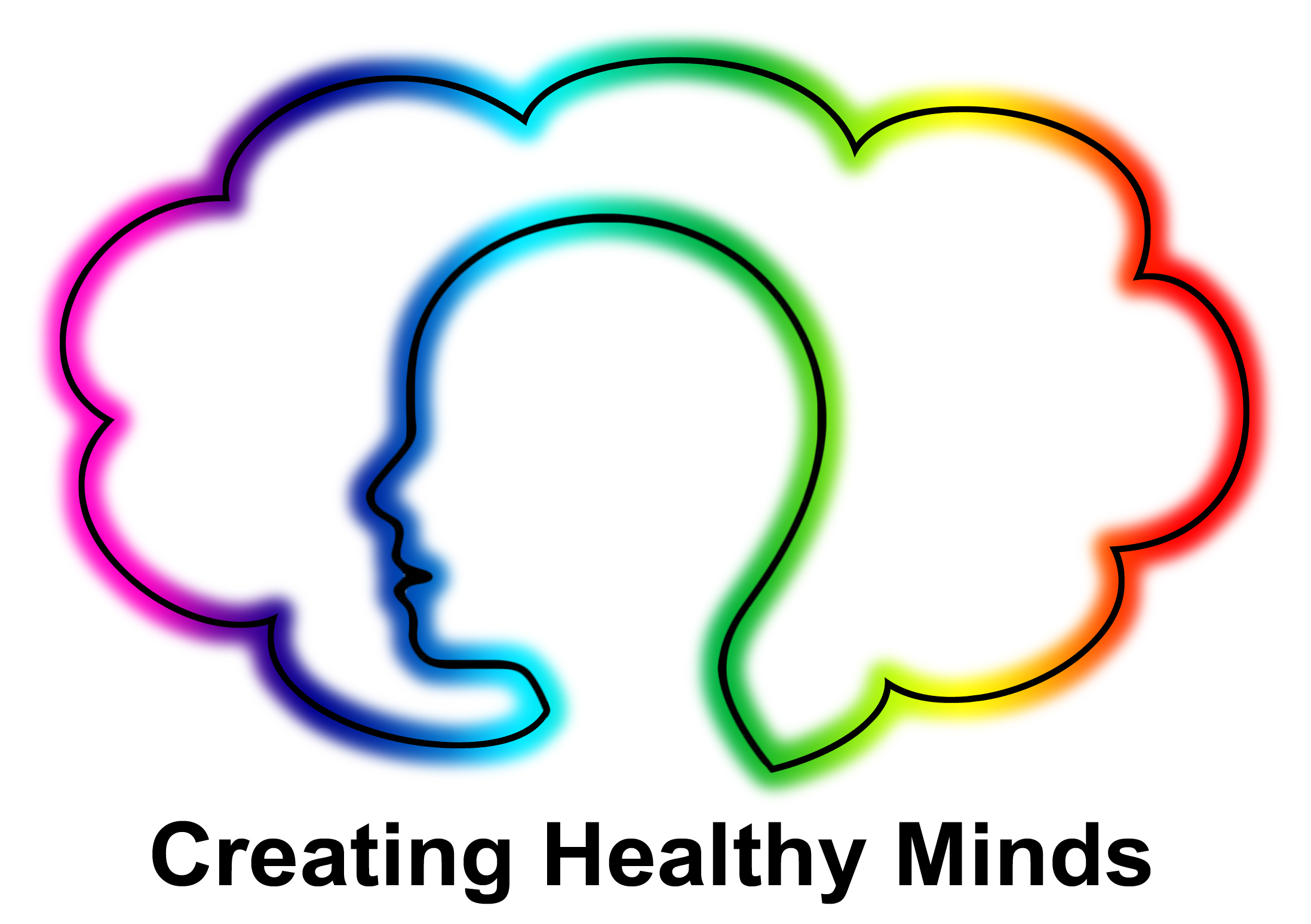Intro
In the UK, there has been a steady rise in the numbers of young people who self harm. Self harm has been described as ‘a manifestation of emotional distress; an indication that something is wrong’ (Royal College of Psychiatrists 2010 p 4). Cutting is the most common form of self harm; burning, hitting, scratching, hair pulling, pinching, food restriction, biting, sleep deprivation and jumping from heights are some of the the other methods, as defined by young people who have self harmed (Chandler 2014). It is not generally regarded as a mental health problem, although it can co-exist with disorders such as depression or anxiety. It’s estimated that 13% of young people may try to hurt themselves on purpose at some point between the ages of 11 and 16, but as it’s often a private or secretive act, the total figure could be much higher than this. It’s not just young people who self harm… many adults do too.
Why?
Recent research involving young people has found that common reasons for self harm include managing, expressing and relieving emotions (such as stress or anger), communicating upset, and physical satisfaction (Chandler 2014). Adolescents in this study highlighted that because self harming behaviour can sometimes have a positive meaning, help which focuses solely on stopping the self harm isn’t always that helpful… Another key message coming from the young people in this research project was their need to be listened to and not judged, and for other people—family, friends and professionals—to think twice before making interpretations or assumptions about the (sometimes multiple) meaning of the self harm

Art therapy can be an alternative means of expressing and coming to understand underlying feelings
Art therapy
If you, your child, or someone you care about, is worried about self harm, then it’s always advisable to consult a GP, or in an emergency head to A&E. Finding a non-judgemental space and relationship, in which the emotional states underlying the self harm can start to be seen, heard, and understood can be another important step towards change. When the feelings are beyond words, or too hard to speak about, art psychotherapy can offer additional tools to help get those feelings safely out. A qualified art therapist works sensitively with a client to build shared understanding of the uniquely personal reasons for the behaviour, and be thoughtful about alternative ways of managing.
References
– Chandler, A. (2014) A sign that something is wrong?: young people talking about self harm, Centre for Research on Families and Relationships, Briefing 74, October
– Royal College of Psychiatrists (2010) Self-harm, suicide and risk: a summary. Available from: http://www.rcpsych.ac.uk/pdf/PS03-2010x.pdf

Leave a Comment